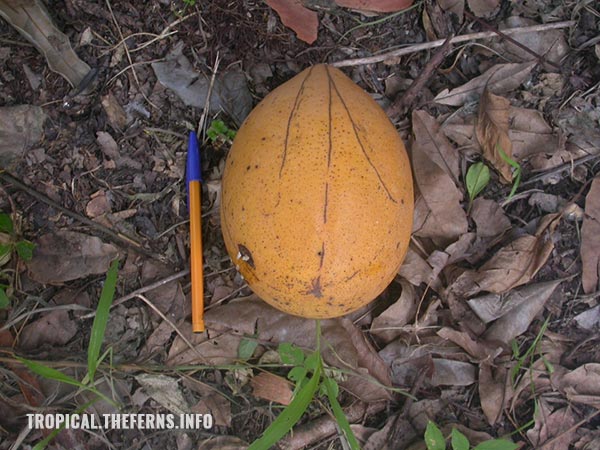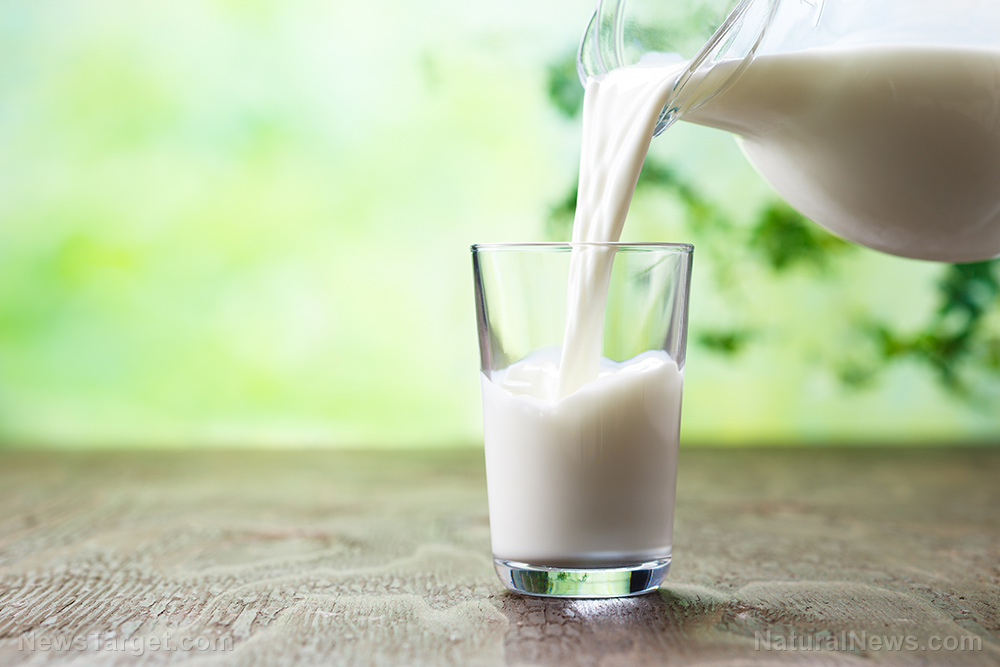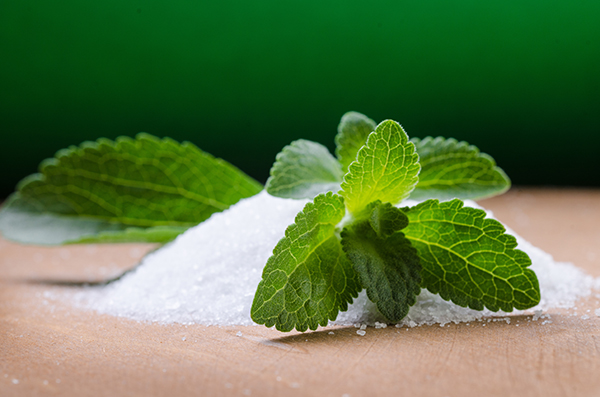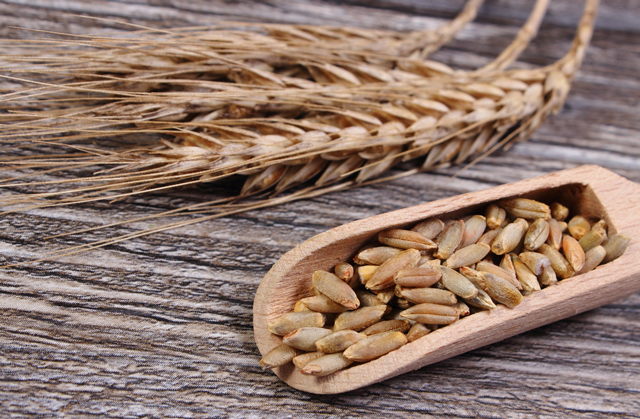Compound in kudzu can help treat diabetes
12/12/2019 / By Evangelyn Rodriguez

Diabetes mellitus is one of the most challenging health problems in the world today. It is characterized by abnormally high blood sugar levels caused by the body’s inability to produce enough insulin. Insulin is a pancreatic hormone that regulates how the body utilizes or stores glucose from food.
The increasing prevalence and mortality rate of diabetes call for more effective treatments, especially for diabetic complications. Traditional herbal medicine has a long history of clinical application for the treatment of diabetes. In particular, researchers from the University of Macau and Zunyi Medical University in China singled out kudzu (Pueraria lobata) as a potential natural treatment for diabetes.
In their review, which was published in The American Journal of Chinese Medicine, they summarized the beneficial effects of puerarin, an active component of kudzu, on diabetes mellitus and its complications. Kudzu is a perennial vine native to eastern and southeast Asia. Its roots and flowers are used in traditional Chinese medicine (TCM) to relieve muscle tension and diarrhea, and to treat hypertension and alcohol abuse.
Puerarin, on the other hand, is a natural isoflavone consumed both as a functional food and a medicinal herb in East Asia. According to studies, puerarin has cardio-protective, neuroprotective, antioxidant and anti-inflammatory properties. Puerarin can benefit people with diabetes because it can lower blood glucose levels, improve insulin resistance, protect pancreatic islets, inhibit inflammation, reduce oxidative stress and inhibit Maillard reaction and the formation of advanced glycation end products (AGEs).
Maillard reaction, also known as glycation, refers to the chemical reaction between amino acids and reducing sugars. It occurs when foods are cooked and gives browned foods their distinct flavor. During glycation, sugars like glucose and fructose bind to proteins or lipids, forming AGEs. AGEs are harmful compounds that can accumulate inside the body and spur the development of chronic diseases, such as diabetes, heart disease, Alzheimer’s disease and premature aging.
Several studies suggest that puerarin from kudzu can delay and treat diabetic complications such as cardiovascular problems, diabetic nephropathy, diabetic retinopathy and diabetic neuropathy. However, further studies on its effect and mechanisms are still needed, especially since its efficacy is relatively low partially due to its pharmacokinetic profile.
The researchers believe that puerarin is a potential adjuvant for the treatment of diabetes and its complications that should be further investigated.
The health benefits of taking kudzu
Kudzu is a medicinal herb that has gained traction in recent years. This TCM herb is also considered a vegetable in southern China and is popularly used to make soup. In Japan, kudzu is used for a variety of purposes, which includes alcoholism prevention, breast enlargement, hair loss treatment and weight management. Research also reveals that kudzu has more potent isoflavones than soybeans. (Related: Kudzu shows promise in treating Type 2 diabetes.)
According to the Chinese Pharmacopoeia, kudzu is great for clearing away heat, detoxifying the body, unclogging meridians and protecting vital organs such as the kidneys and the liver from damage. Recent studies have also reported the various medicinal applications of this highly valued herbal medicine. Here are some things kudzu can do for you. (h/t to WellAndGood.com)
- It can help treat metabolic syndrome
- It can help relieve menopausal symptoms
- It can regulate blood sugar levels
- It can help treat alcoholism
- It can reduce inflammation
Kudzu is a powerful herb that can help treat a variety of conditions. However, unlike other popular herbal supplements, studies about kudzu’s efficacy and safety are currently limited. If you wish to use kudzu as a complementary medicine, seek advice from your healthcare provider first to avoid negative side effects or interactions with your current medications.
Sources include:
Tagged Under: anti-diabetes, Chinese medicine, diabetes, diabetes cure, food cures, food is medicine, functional food, herbal medicine, Herbs, natural cures, natural medicine, phytonutrients, prevention, remedies, research, TCM
RECENT NEWS & ARTICLES
COPYRIGHT © 2017 DIABETES SCIENCE NEWS


















